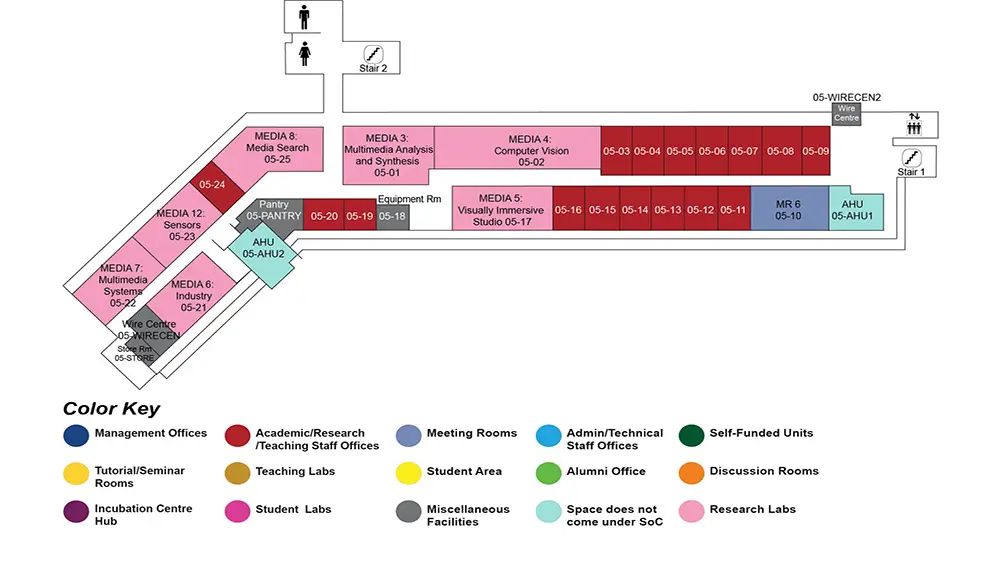Structures as Sensors: Indirect Monitoring of Humans and Surrounding Through Structural Vibration
AS6 Level 5
MR6, AS6-05-10

Hae Young Noh is an assistant professor in the Department of Civil and Environmental Engineering and a courtesy assistant professor in the Electrical and Computer Engineering at Carnegie Mellon University. Her research interest is in indirect sensing to infer information about dynamic systems using statistical signal processing and machine learning techniques, particularly algorithm development for smart structures and systems to conserve energy and resources, provide safe, functional, and sustainable environments, and improve people?s quality of life. Her current research projects include vehicle-based infrastructure monitoring and building vibration based human and environment sensing. She received her Ph.D. and M.S. degrees in the Civil and Environmental Engineering department and the second M.S. degree in Electrical Engineering at Stanford University. She studied Mechanical and Aerospace Engineering at Cornell University as an undergraduate.
This presentation introduces indirect sensing in cyber-physical systems that infers desired information using structures as sensors (through physical structural vibration responses) instead of directly measuring sensing targets. Smart structures are designed to sense, understand, and respond to various situations involving humans and surrounding environment, to enhance user productivity, safety, and quality of life. Current approaches involve dense deployment of dedicated sensors, which makes large scale monitoring challenging. Advantages of indirect monitoring are 1) multiple types of target information can be obtained by sensing only structural responses; 2) sparse sensing configuration is possible by utilizing structural properties; and 3) privacy is better preserved due to the hidden and indirect nature of the approach. The structures of interest include buildings and vehicles. In buildings, various information on human behaviour (e.g., location, height, weight, etc.), building systems (structural health, heating systems, etc.), and environment (e.g., traffic, weather, etc.) can be indirectly inferred from high-resolution, high-frequency structural vibration data. In vehicles, we can diagnose the vehicle, infrastructures, and humans based on vehicular vibration data. Through our collaboration with government and industry partners, we have deployed several buildings and train systems to validate and apply our research.

